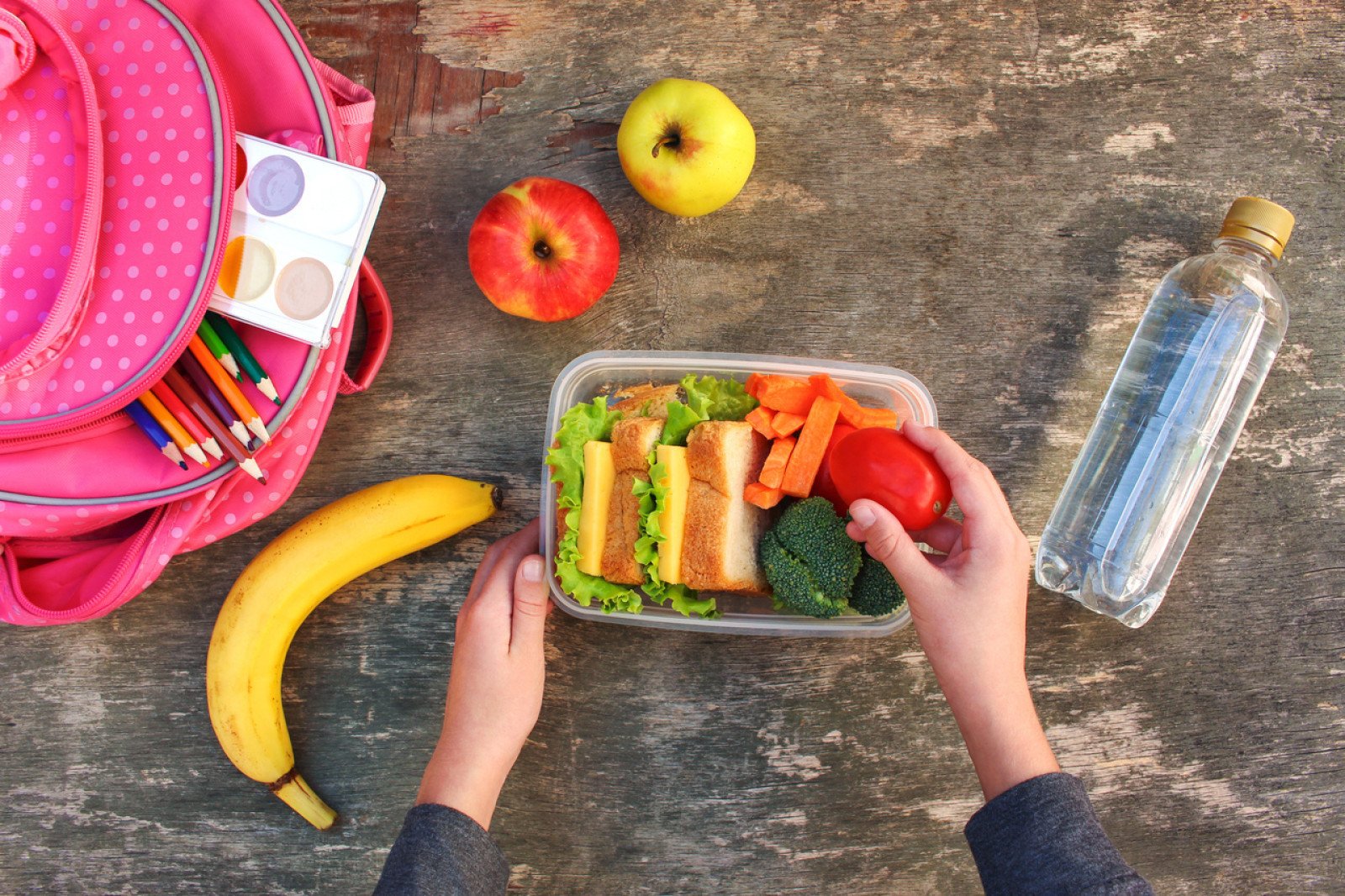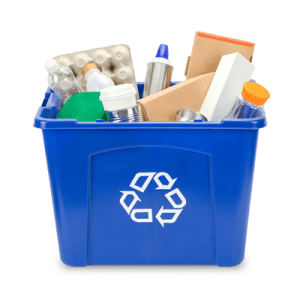Needs versus wants
Play a game to learn the difference between what you need and what you want.

Overview
What do we need to live and be healthy and what do we want? Let’s play a game and learn the difference between needs and wants. Too many wants can waste our resources, water and energy.
Instructions
What you'll need
- Large open space – classroom with desks moved to the side, gym or outdoor area
- “Needs versus wants” teacher handout
- Two props: one to represent a ‘need’, such as a water bottle and one to represent a ‘want’, like a toy.
Needs versus wants
- Assemble the students in a group and discuss what the difference between a need and a want. Explain that a need is something we have to have to be healthy and survive, like water. A want is something that might make us feel good or happy, like a toy, but we could live without it.
- Gather the students in a large open space and explain that they are to identify things we need and things we want. Have the students stand in the middle of the space.
- Identify one side of the room as ‘needs’ and the other side as ‘wants’. Use a prop to identify the need and want sides. Explain to the students you will be reading out a ‘need’ or a ‘want’ and they should run to the side they think best suits the item.
- Using the “Needs versus wants” teacher handout, begin the game by reading out an item from the list. After the students run to either side of the room, ask them to share why they think the item is a need or a want. Have the students return to the centre of the room before reading the next item.
- After playing the game, bring the students back together to have a discussion. To be healthy and survive we have needs like water, healthy food, clean air, a place to live and clothing. Ask the students if they have a lot of ‘stuff’ like toys and electronics. Often these are things we want but we don’t really need. Most of our stuff uses energy, water and resources to make. Limiting our ‘wants’ can help the environment, reduce our waste and help ensure there are enough resources to meet everyone’s needs.
- Finish by asking the students to think of something they have at home they don’t really need and would consider donating.
Curriculum Fit
Kindergarten Social Studies
Content
- Needs and wants of individuals and families
Curricular competencies
- Use Social Studies inquiry processes and skills to ask questions; gather, interpret, and analyze ideas; and communicate findings and decisions
Kindergarten Physical and Health Education
Content
- Practices that promote health and well-being
Curricular competencies
Healthy and active living
- Identify opportunities to make choices that contribute to health and well-being
Kindergarten Science
Content
- Basic needs of plants and animals
Curricular competencies
Applying and innovating
- Take part in caring for self, family, classroom and school through personal approaches
Assessments
- Assess students’ ability to differentiate between needs and wants.
- Assess students’ ability to identify things they need in their lives to be healthy.
- Assess students’ understanding of how to reduce waste by not having too many things.
Teaching Notes
Need-less waste
All living things have basic needs like air, water, food, clothing, shelter, love and acceptance, safety and education. However, it’s important to understand that needs are different from wants. Many things we want in our lives are not needs but luxuries and the impact of ‘many wants’ is significant. Having less in our lives is beneficial in many ways:
- We waste less resources, energy and water if we buy fewer luxury items. Saving resources, energy and water means fewer burdens on our planet.
- We can share the resources, energy and water with others on our planet.
- We can create lending libraries for things like books, tools and equipment so we can own less, have access to more and build a sense of community.
- We have less clutter which makes us focus on the things that matter like spending time with family and friends.
- Less clutter also helps us to quickly and easily tidy up our space.
- We can find things easier which gives us more time to play.
- We save money which can be used to do fun things with family and friends.
- We send less stuff to the landfill which takes up space and/or recycling, which uses a lot of energy and water.







